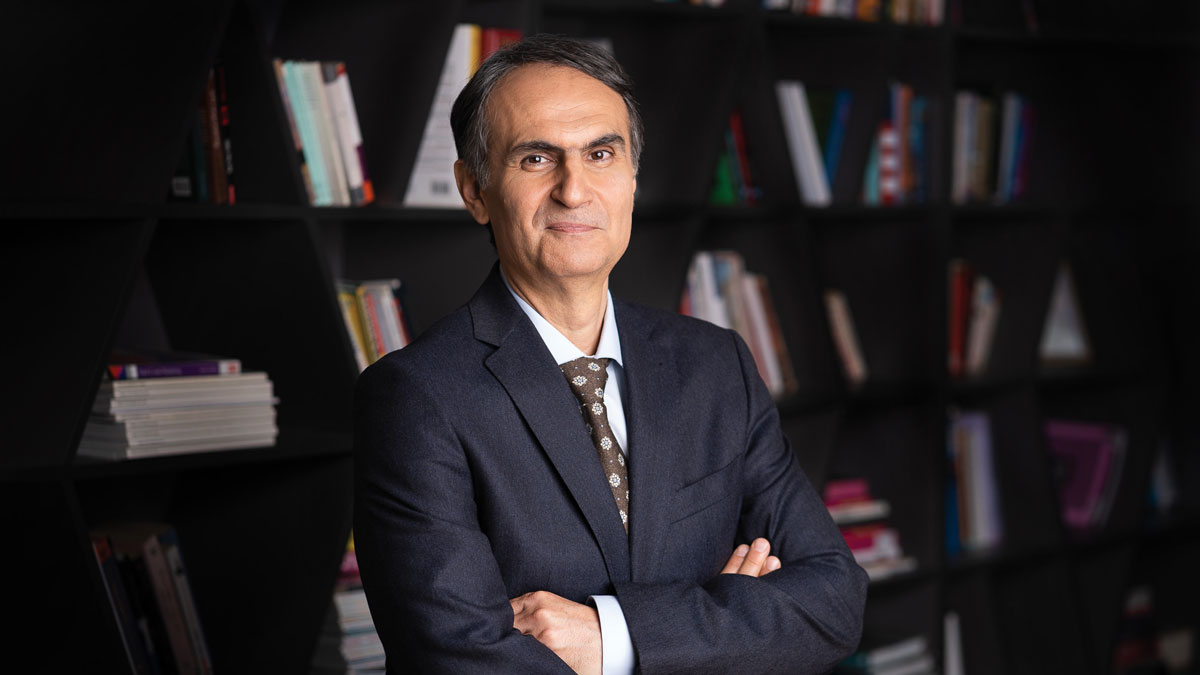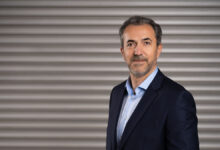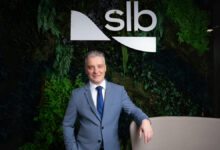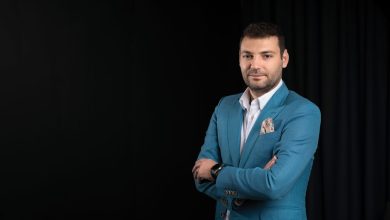Adrian Dobre, Country Manager of Eurowind Energy Romania: Strategies and Tools to Navigate Green Energy Transition
Adrian Dobre – Country Manager, Eurowind Energy Romania, talks about the major ongoing projects, but also about the company’s plans in Romania.
In June 2023, Eurowind Energy started the infrastructure and facilities construction for the Pecineaga wind park, which will become operational in Q1 2025 and represent the company’s biggest wind power project in Romania so far. Present on the market since 2011, the Danish developer and operator of wind projects, solar, and hybrid intends to become one of the most important companies in the renewable energy sector in our country.
Adrian Dobre, the Country Manager of Eurowind Energy Romania since 2010, has a distinguished academic and professional background in Wind Engineering and Aerodynamics. His educational journey began at the Polytechnic University of Bucharest, where he earned a master’s degree with his thesis focused on the “Aerodynamics of propeller blades.” Further advancing his expertise, he completed his Ph.D. in Wind Engineering at the University of Western Ontario in Canada, specializing in Environmental Aerodynamics. His doctoral thesis, titled “Experimental investigations of bluff bodies wakes,” contributed significantly to the field.
He played a key role in the British DAPPLE project, where he coordinated and interpreted meteorological measurements. This project was pivotal in modelling air pollution and developing rapid response strategies for toxic gas terrorist attacks. Adrian Dobre is an international-recognized expert in the field of Wind Engineering and Aerodynamics, with 19 scientific papers published in widely recognized international journals such as AIAA Journal (SUA), Journal of Fluid Mechanics (Cambridge, UK), International Journal of Climatology (Royal Meteorological Society, UK), Experiments in Fluids (Springer, Germany).
He’s a member of ARIV (Romanian Wind Engineering Association) and a former associate professor at the Polytechnic University of Bucharest, Faculty of Aerospace Engineering, where he has held courses on Atmospheric Physics, Aerodynamics, and Meteorology.
Dear Adrian Dobre, how did the Eurowind Energy story begin in Romania? What were the criteria that determined the involvement of the Danish group in the energy sector in our country?
Adrian Dobre: In the past, our approach was primarily driven by opportunities. This led us to Romania in 2011, where we seized the chance to develop and construct three solar parks. We started with the photovoltaic park in Pufesti, in Vrancea County, a small project of 1.5 MW, and continued with two other solar projects in Halchiu and Magurele in 2013. Today we are planning renewable projects of approximately 4,000 MW. In the past 12 years since we have been present on the Romanian market, we have so far developed three solar parks and a Competence Centre of Wind Energy, in Bucharest, whose contributions play a key role in all the markets in which we operate. Even if the first parks we have developed in Romania were small compared to the current standard, at the time they were among the largest in Romania. And what is most importantly, we still own and operate them.
Among the key elements that led the group to invest in Romania were the size of the country, its attitude towards the green transition and finally the proficiency of the local workforce. The local team is highly appreciated within the ground. Thus, Eurowind Energy has Romanian employees not only in Romania, but also in the headquarter, in Denmark, and for other activities, independent of the Romanian market. For example, The Competence Centre for Wind Power of Eurowind Energy is in Bucharest. This means that the design and configuration of any wind park in the 16 markets in which we operate is designed by the Romanian team – a team we’re extremely proud of. Eurowind Energy could have placed the centre in any other location in Europe, but Romanian aerospace engineers were an important reason why the centre was developed here.
How is Romania positioned compared to other countries in the region in terms of interest in developing renewable energy projects?
Adrian Dobre: In comparison to other countries in the region, Romania is one of the leading countries in terms of renewable energy development. According to the Global Energy Renewable Energy Report 2021 by the International Energy Agency, Romania’s renewable energy capacity increased by 1.2 GW only in 2020, with wind and solar power accounting for most of the growth. The report also highlights that Romania is among the top five countries in the region in terms of installed wind power capacity, and among the top ten countries in the region in terms of installed solar power capacity. In addition, a report published by EY Romania highlights that Romania has already achieved its 2020 EU renewable target of 24% of final energy consumption coming from renewables several years ago. To reach its 2030 renewables target of 30.7%, Romania plans to add around 7 GW of new renewables capacity, of which around 3.7 GW is projected to be solar projects, according to the plan.
I think it’s very important to maintain this advantage, otherwise some foreign investments will go elsewhere. As far as we are concerned, Eurowind Energy is also active in Bulgaria and Slovakia, but currently, Romania is, from our point of view, the most mature market in the region.
How do you estimate the potential of renewable energy in Romania especially the evolution of the market in this sector recently?
Adrian Dobre: I believe the potential is almost unlimited. Romania is a very attractive market, which will grow significantly in the future, from many perspectives. There is room for renewable energy sources and more electricity is needed. At the same time, Romania has a stable framework for investors. These are key elements that make Romania an important market for us.
Everything that can be electrified will be electrified. This means that in the coming years we not only have to replace energy from fossil fuels with renewable sources, but we also must cover a very large increase in energy consumption. However, this also involves managing two major challenges: lack of grid and bureaucracy.
In terms of infrastructure, everywhere there is a tendency to build power grids and gas pipelines based on current trends, not future ones – so the power distribution companies tend to make up lost ground. This is not a specific problem for Romania, but a general one at the European level, which stands in the way of the green transition.
Related to bureaucracy – naturally we would like to see less bureaucracy not only in Romania but in every country in Europe. In Eurowind Energy’s home country of Denmark, the average time required to develop and build an onshore wind farm is seven years. Denmark calls itself the “Home of Wind Power” and is known for its northern European efficiency, but for the past three years they have taken down more wind turbines than they have put up. As I said, bureaucracy is a challenge in all the countries where we operate.
Nowadays solar and wind are competitive with all other technologies. But no matter how eager they are, we must realize that integrating renewable energy into the energy system and removing all fossil fuels from the system is a multi-generational task.
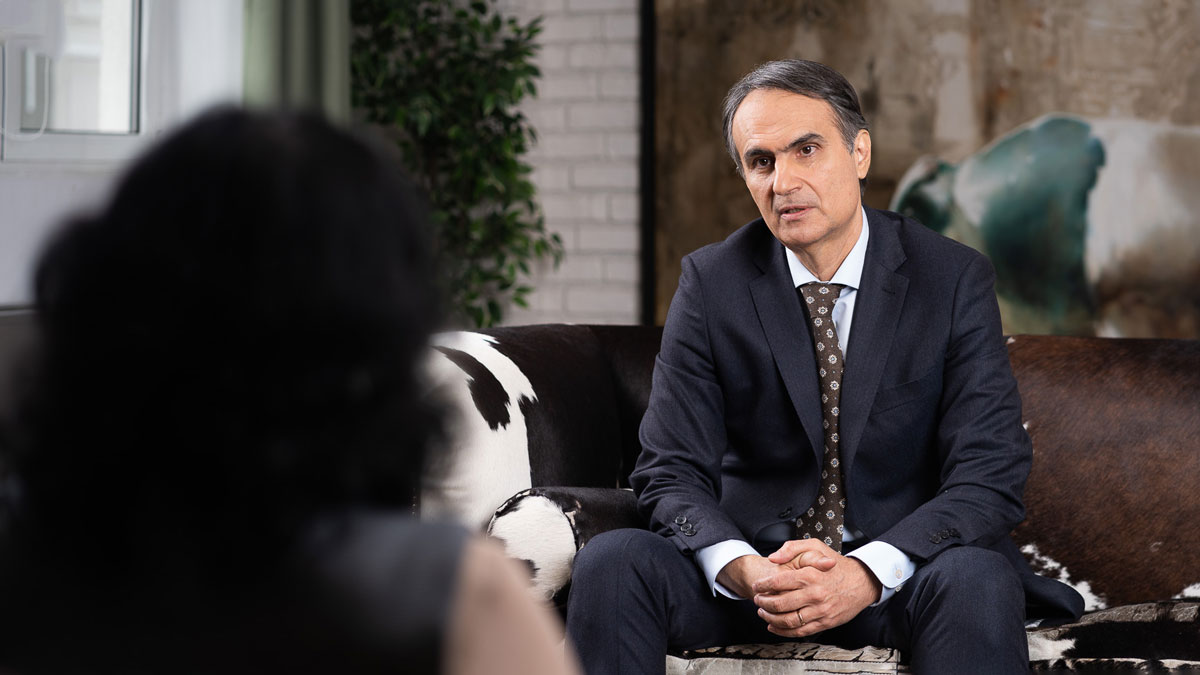
Increasing Romania’s energy sustainability requires expanding the production and use of renewable energy. What role does Eurowind Energy play in achieving these goals?
Adrian Dobre: Eurowind Energy is one of the biggest developers of renewable energy in Romania. We have the advantage of being active in Romania since the first phase of investments in renewables. We know Romania very well – the landowners, electricity distribution companies as well as other stakeholders. We also have the advantage of mastering many technologies: wind, solar, batteries, biogas, hydrogen, and power-to-heat. Those help us to combine these technologies in energy centres, where we produce electricity, biogas, heat, and biofuels – all in one place.
Currently, in Romania, we have a project pipeline of more than 4 GW, with a solar park and a wind park under construction, which we expect both to be delivering energy into Romanian households very soon.
We like to invest for the long term, so we don’t usually sell our assets. Everything we build today we expect to own and operate for the next 30-40 years. Eurowind Energy is here to stay for the long term. We don’t see us slowing down in the coming years, quite the opposite. We plan to step up our efforts and aim to make PtX and biogas alongside power production.
From 2011, when it started its activity, and until now, what are the most important investments of Eurowind Energy in Romania and the sources of financing?
Adrian Dobre: I would say there are two things worth mentioning. When the first wave of renewables in Romania fizzled out in 2012-2013, Eurowind Energy decided to stay, while most competitors left. Staying calm and having so much faith in the Romanian market for several years was remarkable and it was also a real investment from Eurowind Energy.
The other investment I want to mention is the Pecineaga Wind Park, which is currently under construction. This is one of the first projects in the second wave of renewables that is happening right now in Romania. It was rewarding to press the green button in ordering wind turbines for the Romanian market, after almost 10 years marked only by development.
What are the most important projects currently underway and what capacity are we talking about? Wind, solar, hybrid. Is there interest only in onshore projects or also in offshore?
Adrian Dobre: We are currently working on several major projects – reaching the 4 GW pipeline, which are in various stages of development. Today we have around 10 wind and solar projects with a Technical Connection Approval, but this list is expanding continuously. Our plan is to make additional financial investment decisions regarding these Romanian projects in 2024. As these projects progress and reach a more advanced stage, I will be more than pleased to provide further details and insights about them.
As for offshore projects, so far, Eurowind Energy has not made any development in this sphere, but through an acquisition we own the world’s oldest operation offshore wind park, Tunø Knob (5MW), in Denmark. The wind park is from 1995, but our Head of Service is convinced we can make those turbines run another 30 years.
You announced that the Pecineaga wind park is a national first. Can you give us more technical details about this project?
Adrian Dobre: The Pecineaga wind park will be the biggest wind project for us in Romania, showcasing the commitment and trust we have in the local market. It is not only the most important under construction project for us in Romania but will also be a first nationally – the largest wind turbines to be installed for this specific project.
The wind park will feature towers standing at a height of 135 meters, anticipated to produce 176,000 MWh of electricity annually. This output is sufficient to supply clean energy to approximately 48,000 households. The project represents an investment of 79 million euros. We have chosen Siemens Gamesa Renewable Energy as the supplier of turbines for this wind park. They will provide 8 units of their SG 6.6-170 turbines and undertake the operations and maintenance of this wind energy project for a 20-year period.
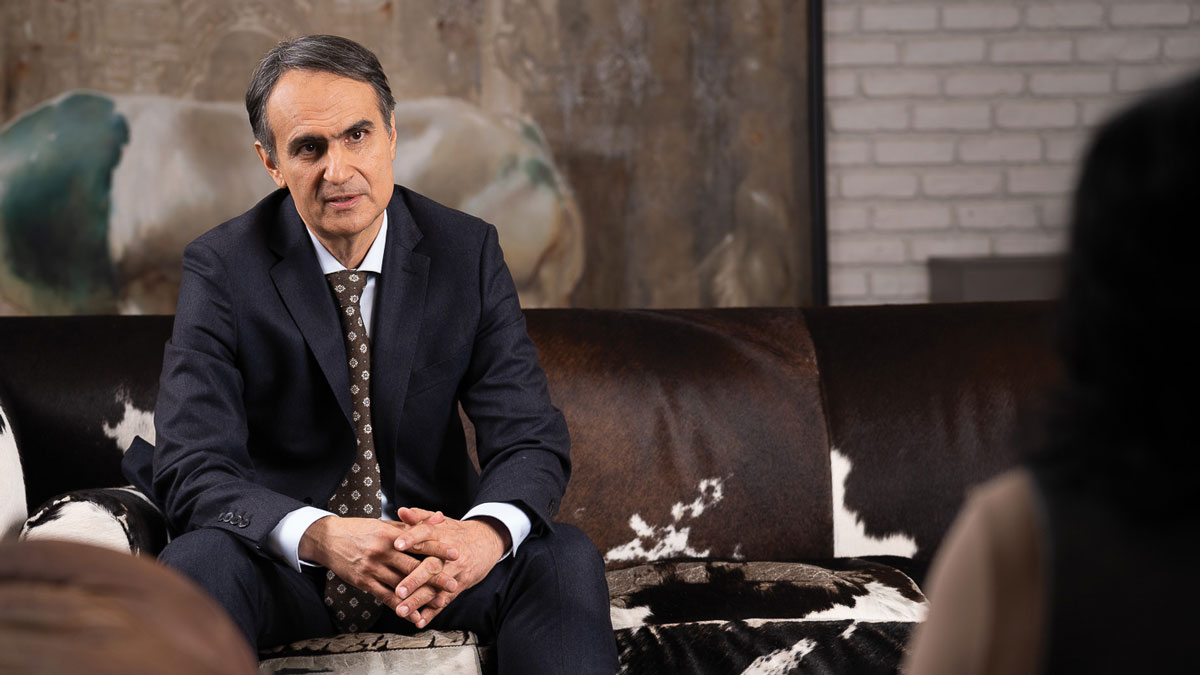
How does Eurowind Energy integrate innovative technological solutions into its own projects?
Adrian Dobre: We integrate innovative technological solutions into our projects by developing a diverse range of renewable energy sources and advanced technologies. We build both standalone solar and wind farms, as well as multifaceted energy centres. These centres combine various energy-generating and storage technologies such as solar panels, wind turbines, batteries, electrolysers, biogas, and the production of E-fuels.
The cornerstone of our strategy is solar photovoltaic (PV) and wind turbines, which are the primary sources of green power in our projects. This green power is then utilized in other segments of the energy centre. Battery technology is a key focus area, as it enables us to provide balancing services to the electricity grid, helping to stabilize it and manage demand fluctuations.
Electrolysis is another critical element in our energy centres and medium-sized energy parks. It plays a significant role in hydrogen production, which is essential for our renewable energy projects. Moreover, we are progressing in integrating Power-to-X (PtX) technologies. PtX represents a key part of our park’s infrastructure, allowing for the conversion of electricity into other energy forms, like hydrogen or synthetic fuels, thereby broadening our renewable energy portfolio and capabilities.
The development of agrivoltaic projects, which combine agriculture and photovoltaic energy production, is highly promising in Romania. We’re already witnessing the progress of agrivoltaic projects in France, showcasing their vast potential. Europe has a limited land area, and there’s often competition for its use. Agrivoltaic projects offer a compelling solution by enabling dual use of the land, addressing multiple challenges simultaneously.
However, it’s important to acknowledge that agrivoltaic projects are transitioning from the testing and conceptual phase to large-scale implementation. This is a critical juncture where the concept must prove its viability and effectiveness on a larger scale.
Eurowind Energy is at the forefront of this movement in Romania, with the construction of a new 70 MW PV park near Teius, Alba County. This project, representing an investment of 50 million euros, is part of our larger commitment to developing sustainable energy solutions in Romania. The Teius PV park, scheduled to be operational in 2024, will span 80 hectares and is expected to generate enough electricity to power about 30,050 households.
The park will integrate renewable electricity production with agricultural activities over the same land area. This model allows 130 landowners to utilize the 80 hectares for agricultural purposes, including grazing for animals. This innovative approach maximizes land use efficiency and contributes to mitigating climate effects, exemplifying the potential of agrivoltaic projects worldwide.
How does Eurowind Energy approach the transition to clean energy? What are your strategies and tools in this regard?
Adrian Dobre: We believe that fossil fuels are at and endgame and within a generation or two the energy business will emerge as new “Power Majors” and eventually replace the “Oil Majors” as the dominant force. The “Power Majors” business will be based on renewable energy and cover a complete value chain, from the development of greenfield projects to the trading of energy, as the “Oil Majors” fossil fuels did.
One of the reasons why the “Oil Majors” have held for years a powerful position beyond the energy industry is partly because of their value chain. But to a greater extent, the fact that they have the raw material, namely oil, has been the basis of their success.
In the future, we anticipate that the large renewable energy producers will hold the key to occupying a similar position in the market. Producing the actual power will be the key to the next steps of the value chain and will impact the industry and beyond.
Eurowind Energy has defined a “Power Major” as a company that has a generation capacity of at least 20 GW, a development portfolio of at least 100 GW and an annual construction activity of 4 GW.
What are the plans of the Eurowind Energy group in Romania and what development directions do they aim for in the medium and long term? What will be the total renewable energy capacity generated per year?
Adrian Dobre: Our plans in Romania are part of a larger, ambitious strategy aimed at significant growth in the renewable energy sector. In the medium and long term, we are focused on expanding our presence not only within Romania but also by entering one to two new markets each year. This expansion strategy is twofold: it involves growing our development portfolio with new projects and enhancing our operating portfolio by bringing these projects to fruition.
In Romania, our efforts are currently centred around a robust pipeline of approximately 4 GW of renewable energy projects. This pipeline includes around 10 wind and solar projects that have already secured Technical Connection Approval, indicating their readiness for the next stages of development. Our plan for 2024 involves making decisive financial investment decisions to propel these projects forward. The Pecineaga project is a standout initiative in our portfolio, reflecting our dedication to expanding renewable energy sources in Romania. Additionally, the Teius project, a major photovoltaic park, is a testament to our commitment to the country’s green energy transition. Through these diverse initiatives, we aim to substantially contribute to Romania’s renewable energy output, reinforcing our position as a key player in the global shift towards sustainable energy practices.


